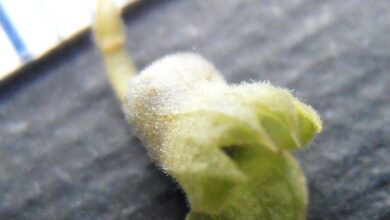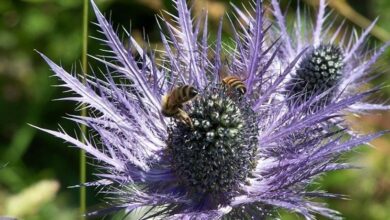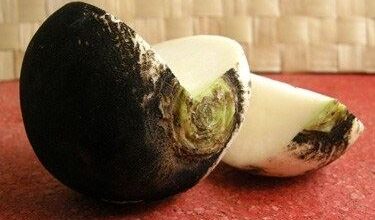Cassia plant
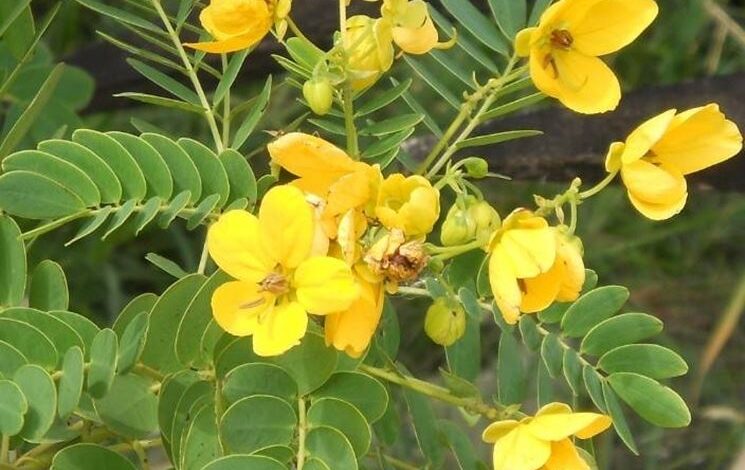
Main features
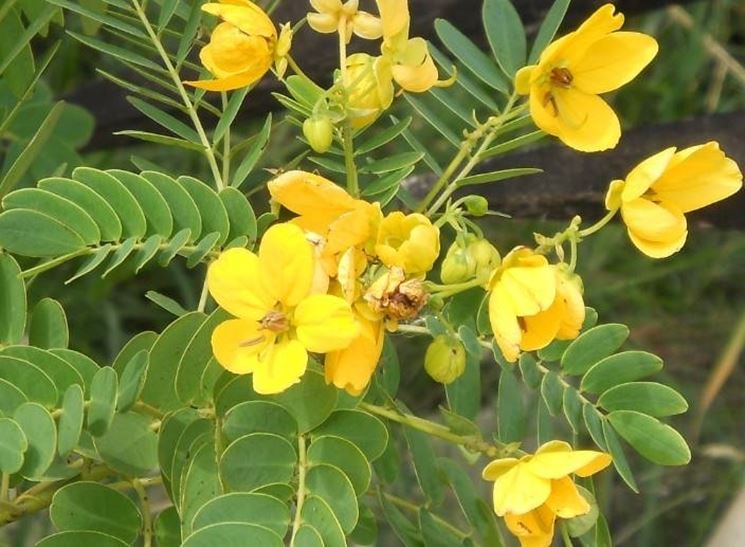
Medical properties
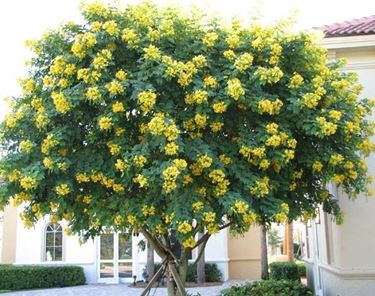
The cassia plant, after flowering, produces fleshy pods. Their pulp has the characteristic of being strongly laxative. This peculiarity has been known for centuries and currently the active ingredients that are extracted are the basis of many drugs and herbal products designed to solve important problems directly attributable to constipation. However, the intake of cassia must be done strictly following medical indications because otherwise you risk incurring unpleasant side effects such as diarrhea and severe abdominal pain. The active ingredients present in this plant can interact with heart drugs such as antiarrhythmics or those derived from digitalis. Ask your doctor for advice before taking any medication.
Methods of reproduction
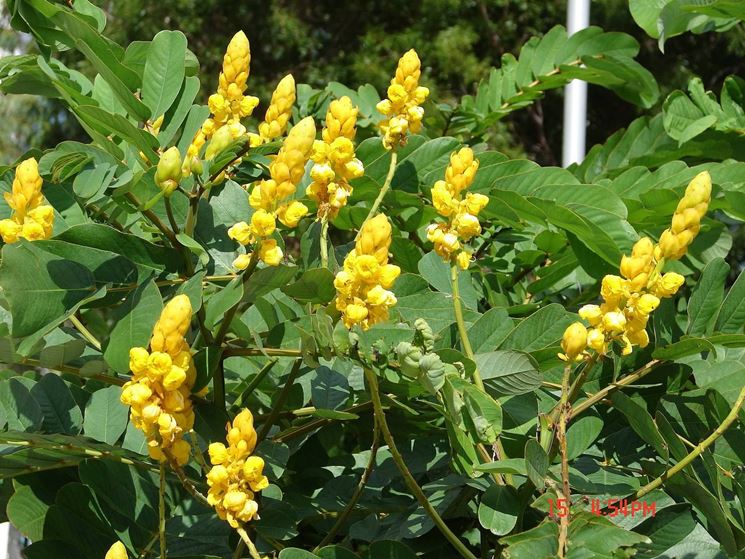
The cassia plant can be easily reproduced by means of the sowing technique. The seeds must be placed in the seedbeds at the end of March using a fertile soil such as that commonly used for acidophilic plants. Cover the seeds with a handful of soil and water abundantly. If you are concerned that dangerous stagnation of water may arise, mix sand or medium-grained pumice together with the earth. After a few weeks, transplant the seedlings and finally plant them in the chosen location. Make sure they receive a good dose of insolation and if the winter temperature stays too below 0 ° C, protect them with non-woven fabric and mulch the area adjacent to the stems with dry leaves.
Cassia plant: Pruning and irrigation
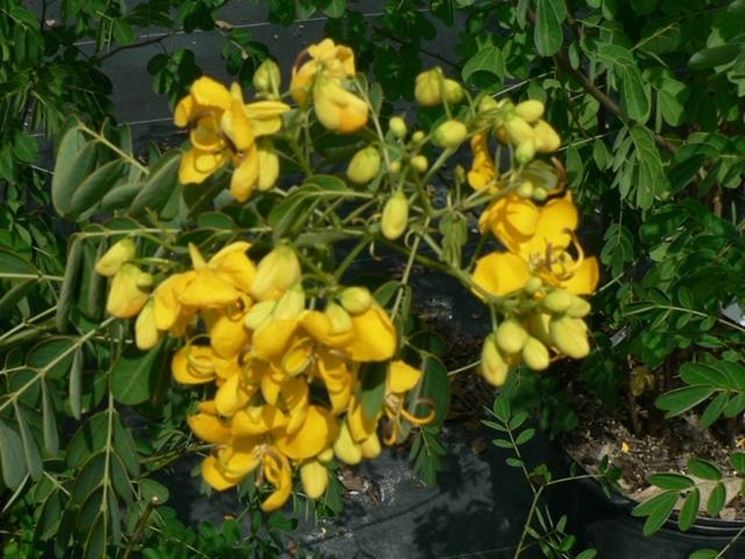
The cassia plant does not need special attention during the course of its life. In our latitudes it does not have parasites that can damage it or create important problems for it. To avoid root rot problems, the soil must be well drained. The shrub species can be pruned in full vegetative recovery between March and April. The branches are shortened by at least one third of their overall length. If you want to make the bushes more compact, it is best to make a cut of all branches at a height of forty centimeters from the ground. The plant will gain new vigor. As for irrigation, in summer you will have to water the plants once a day, preferably one hour after sunset.

